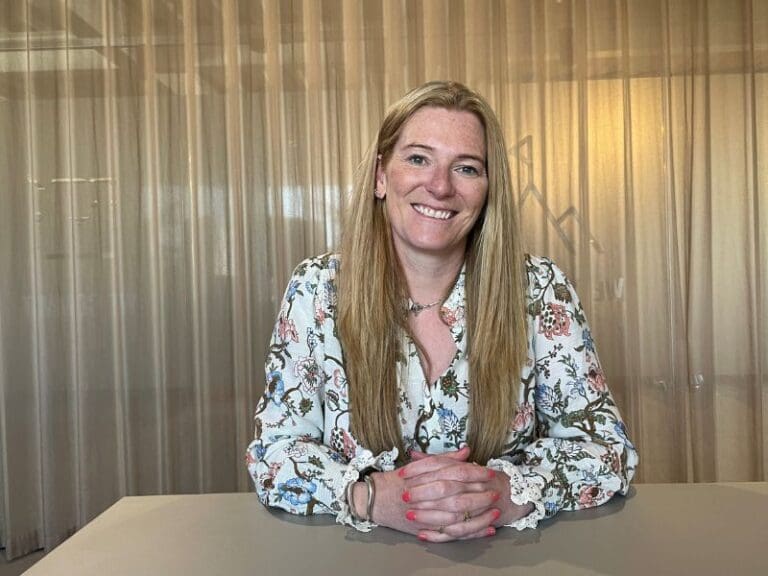Persuasion is a powerful and often understated tool for creating alignment and lasting change.
It’s about offering ideas at the right moment, in the right way. Done well, persuasion is subtle and deliberate, inviting people into a new way of thinking, giving them space to reflect and arriving at their own conclusions. It builds genuine buy-in and helps people feel ownership over the shifts they make – this is why it holds such power.
At its best, it’s a delicate, collaborative process grounded in mutual respect.
The core skill of persuasion in tech
Persuasion is 98% part of my job. That might sound dramatic, but it’s true. In a senior tech role, I’m rarely coding or executing because I mainly focussed on strategic direction and aligning people. I’m anticipating where technology goes next, guiding product direction, influencing cross-functional teams, and advocating for decisions that might not be obvious yet. And the higher you go, the more your success depends on how well you can bring people with you.
In high stakes tech environments, where there’s fierce competition so speed and accuracy is prized, being skilled at the art of persuasion is an absolute necessity. Technology intersects all areas of business, meaning there are more stakeholders with opinions of tech development and strategic direction.
Challenging a deeply held belief
I recently found myself needing to challenge a deeply embedded belief of one of a very senior stakeholder. It was a belief that they had for a very long time and were very passionate about – I knew I needed to challenge this in the right way so my point wasn’t instantly ignored. What was a key part of making this work? Timing.
Persuasion is less about constant pushing, more about recognising the right moments. There are two ways to think about this – when is the right moment for you to persuade and when is the right moment for the person you’re persuading.
People are most open to new ideas during times of uncertainty, after failure and during change. It makes sense, these moments are when people are willing to trust something new or change the status quo.
Meanwhile, when is it that you’re best positioned to persuade? It’s when your credibility is high, and your relationship with the person you’re persuading is strongest.
Pausing and preparing
Sometimes, the most powerful move is to wait. Knowing when to pause, or when to hold a thought back until it will truly land is a skill in itself. And when your moment does arrive, you want to be ready. Here are the three things I return to time and again:
-
Listen first, reflect second, speak last. Don’t jump in. Let people feel seen before you show them something new.
-
Mirror values, not positions. You don’t have to agree with someone’s stance, but you can often find common ground in what you both care about.
-
Use storytelling, especially your own experience, to make abstract or very technical ideas relatable. People rarely remember figures or a potential dry explanation. They remember a story.
There’s a common theme in these tips and its empathy. Empathy enhances persuasion, especially in cross-functional or high-pressure environments. There’s a quiet power of reading the room, noticing unspoken dynamics, and knowing when to pause. You don’t actually need to be loud and vocal to be heard, persuasion can be quiet and firm too.
My final words for my fellow women in tech – please trust yourself, own your perspective, and don’t underestimate the power of one well-timed moment. In a world that often moves too fast to notice subtlety, it’s those moments that truly shift the course.
Post Views: 616







